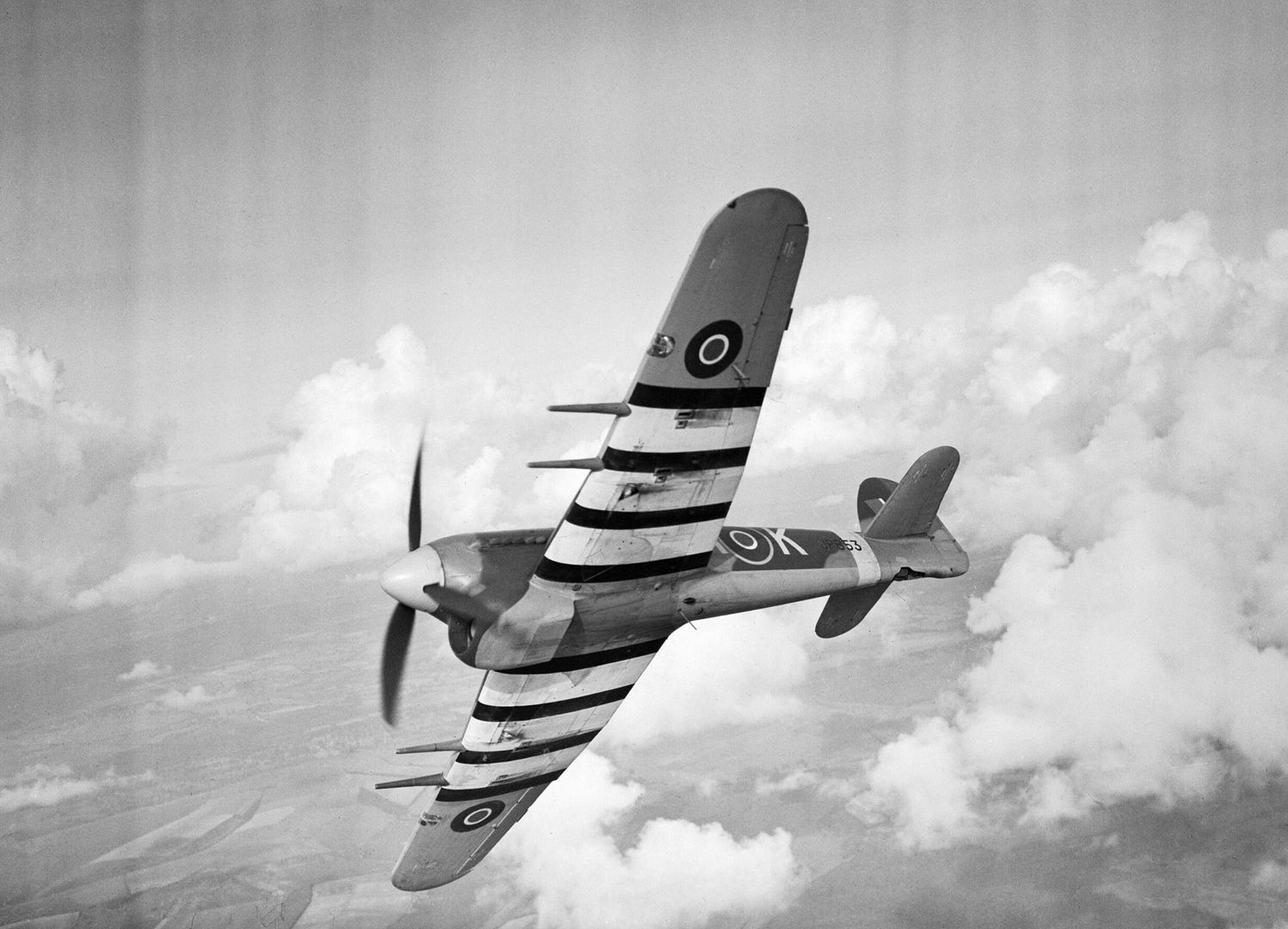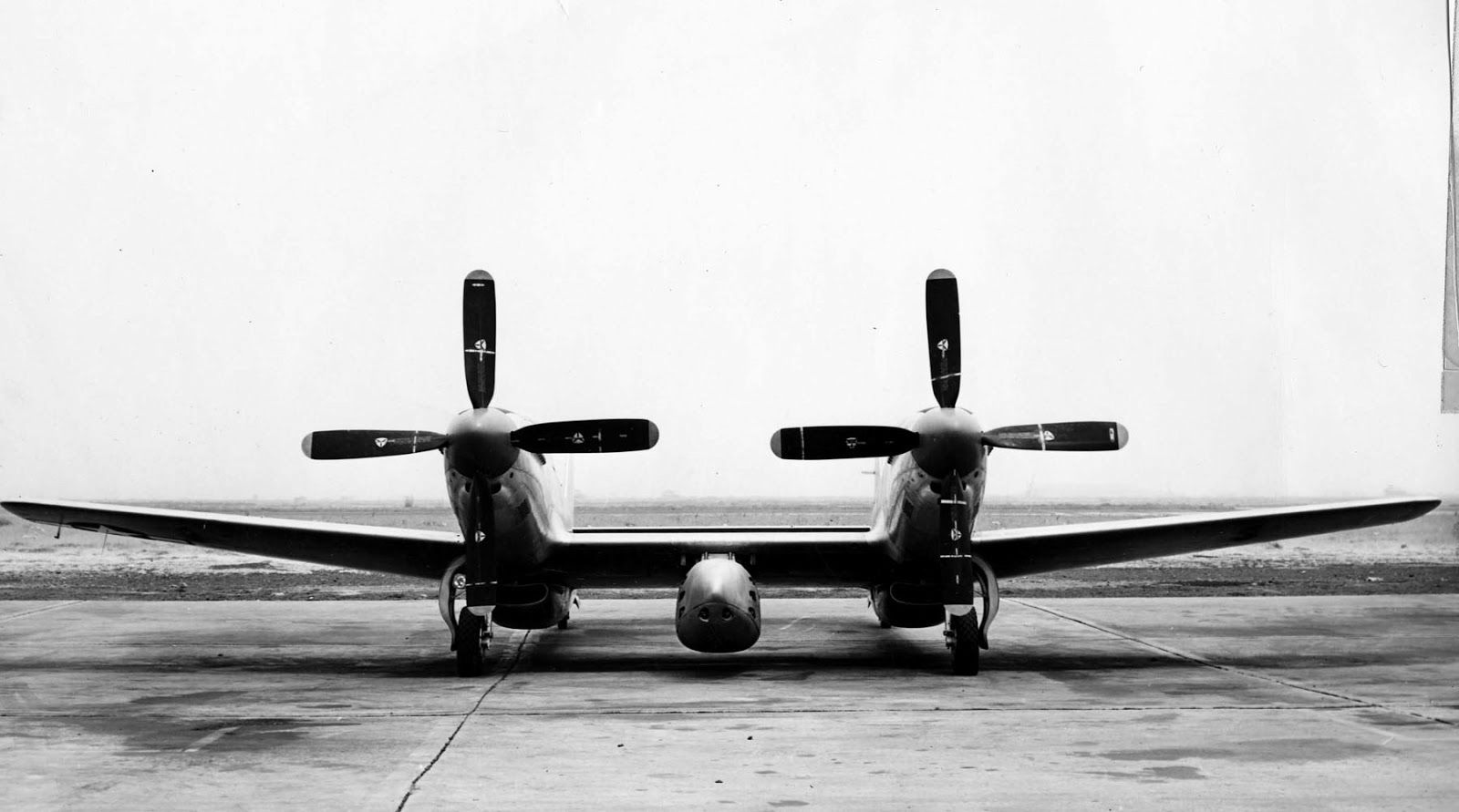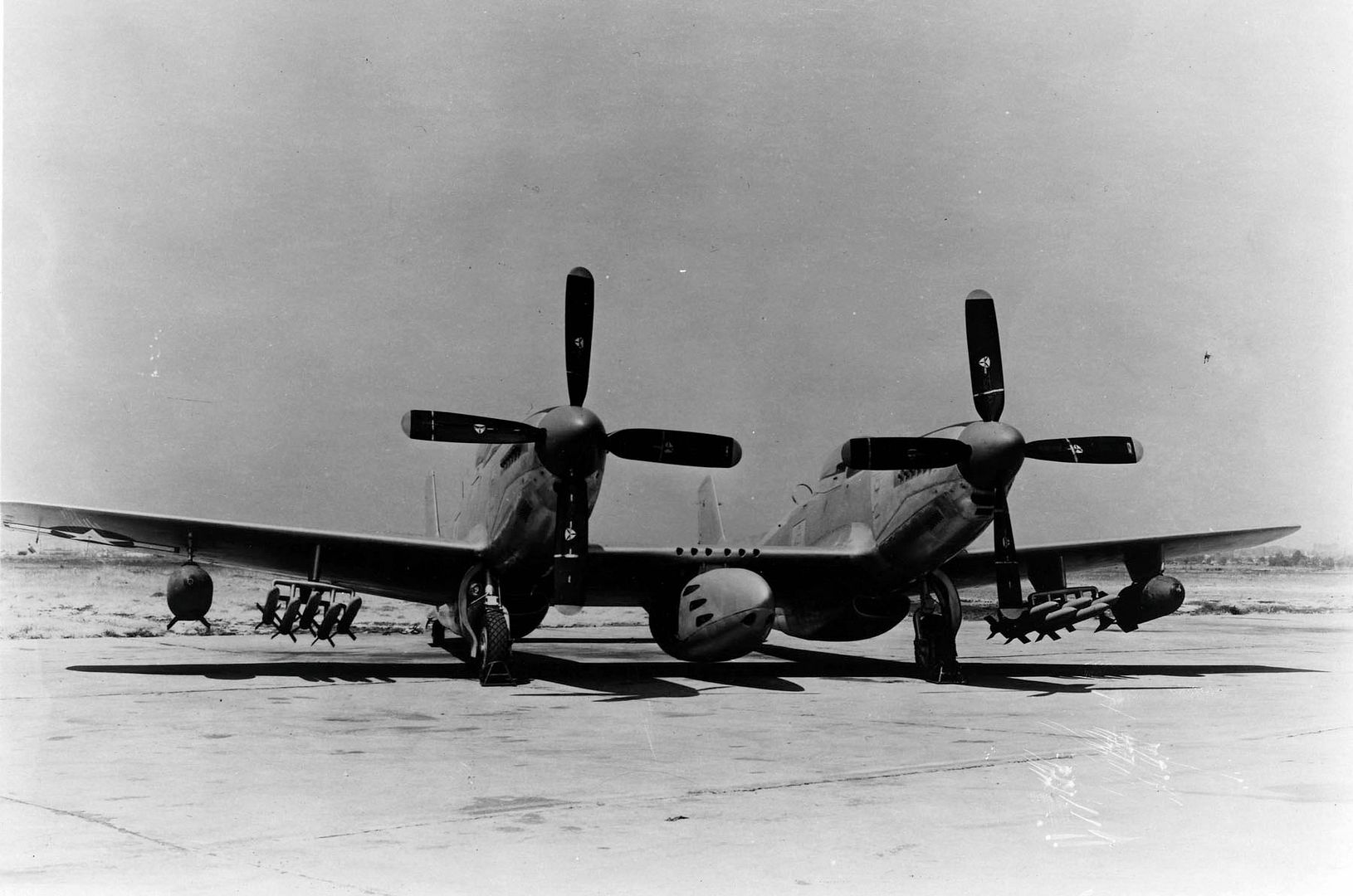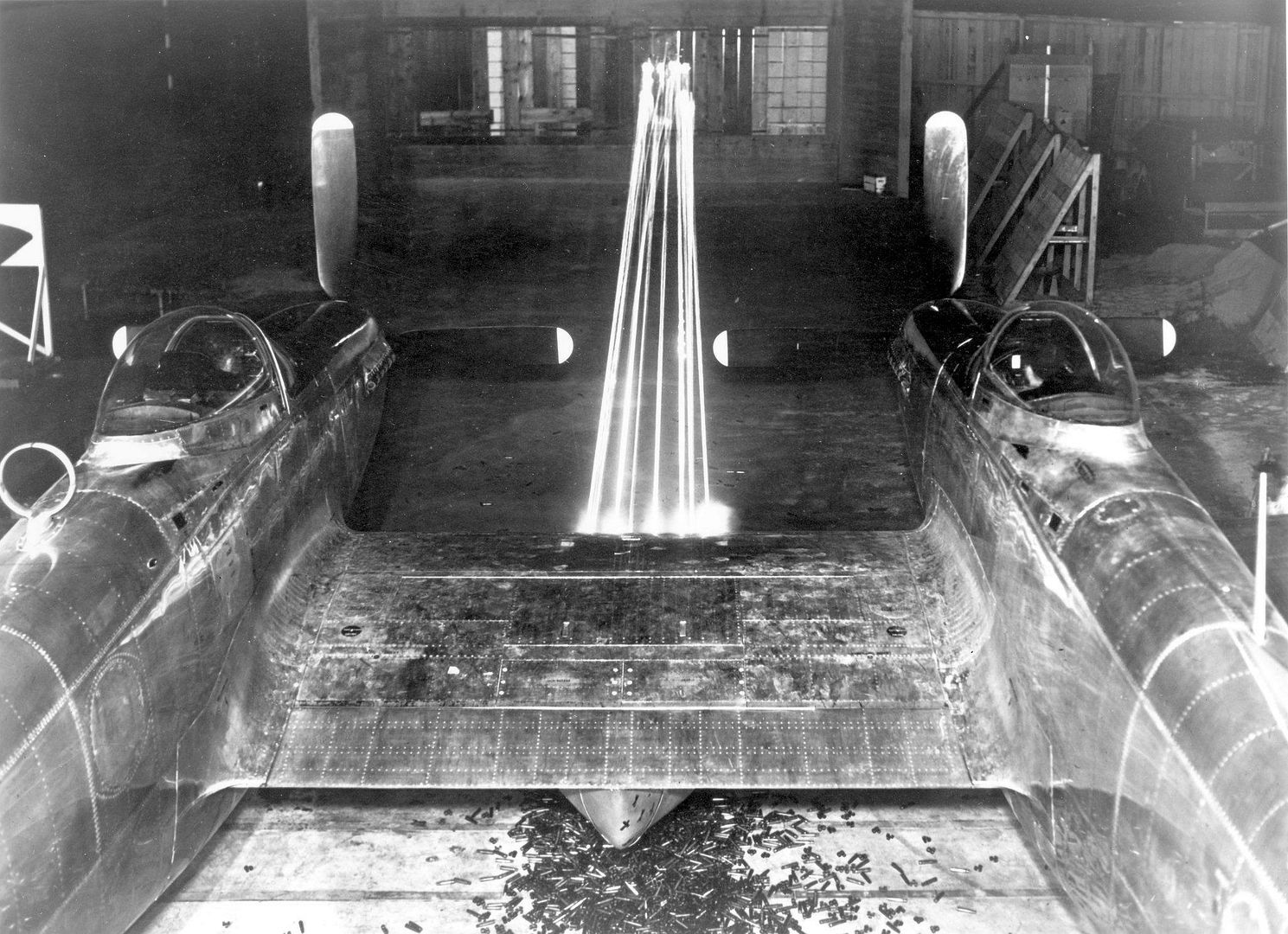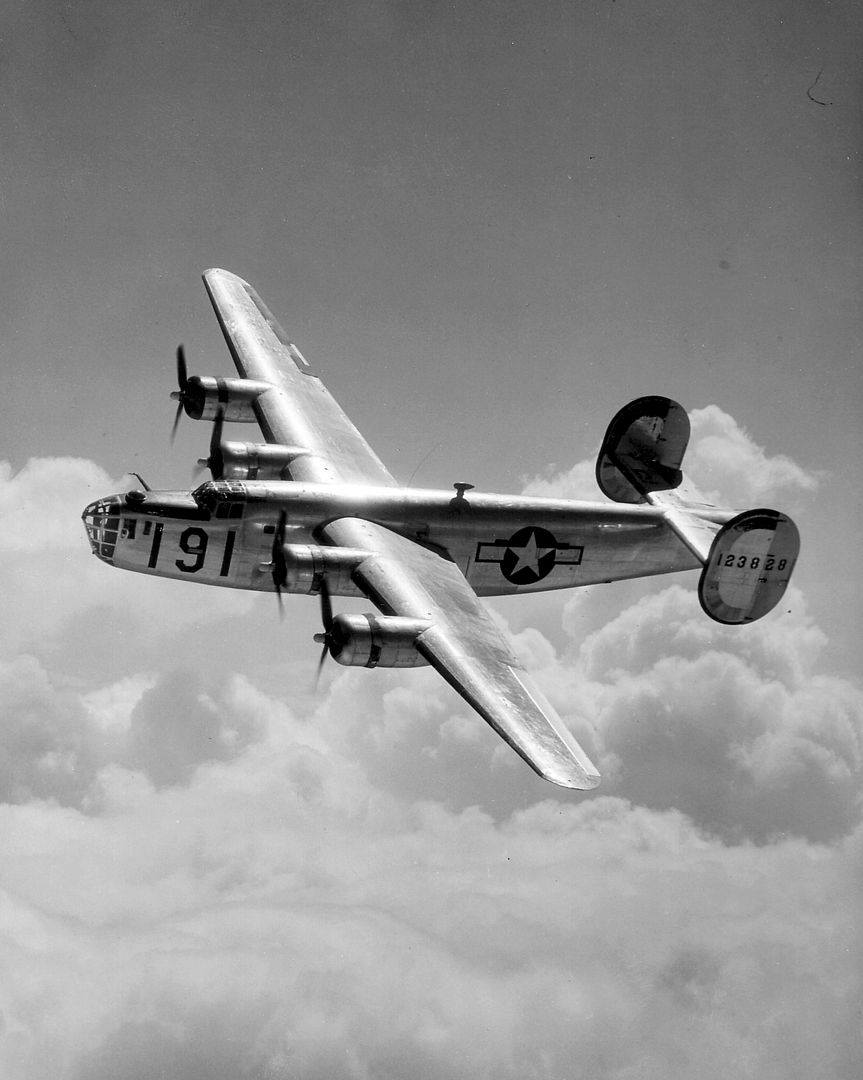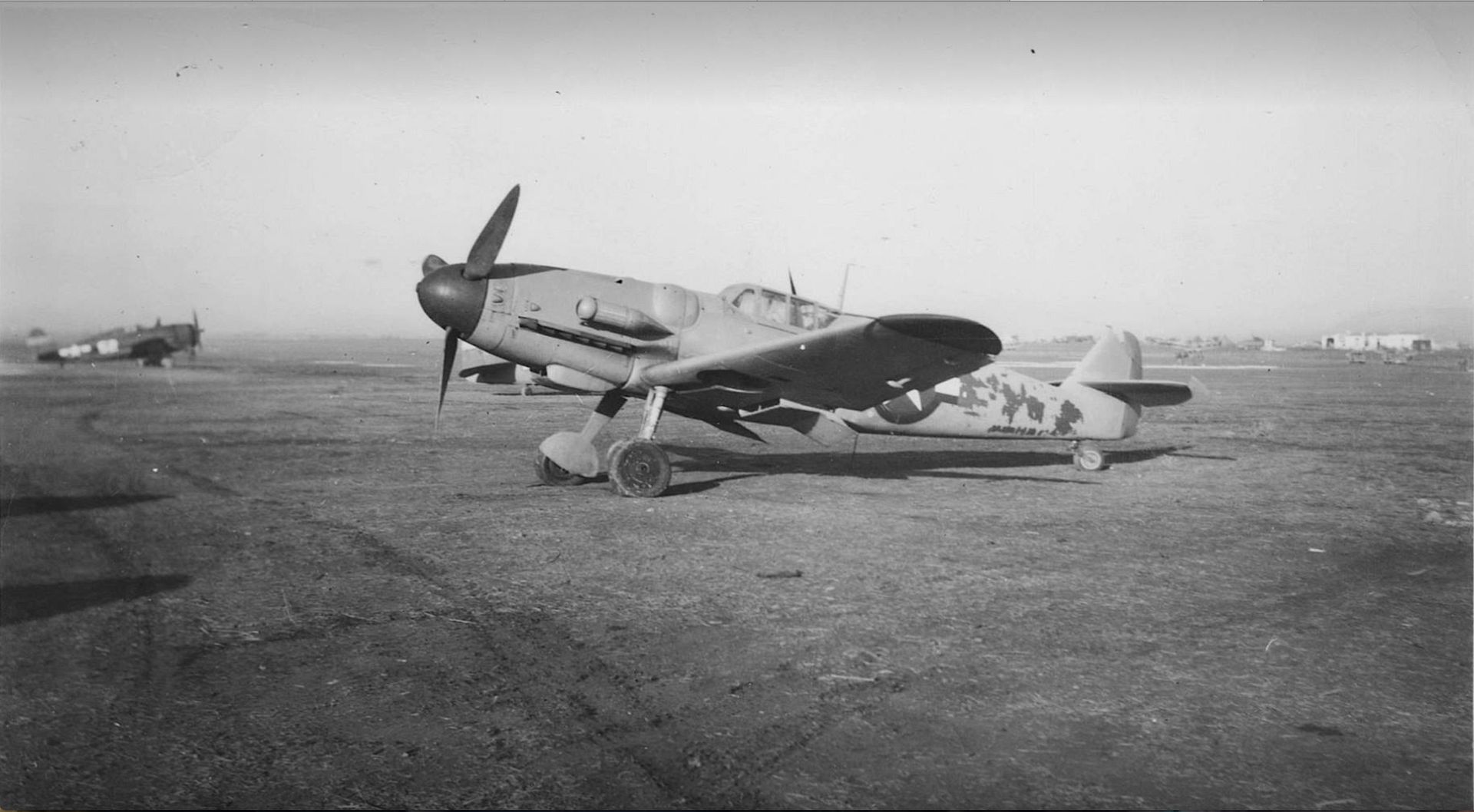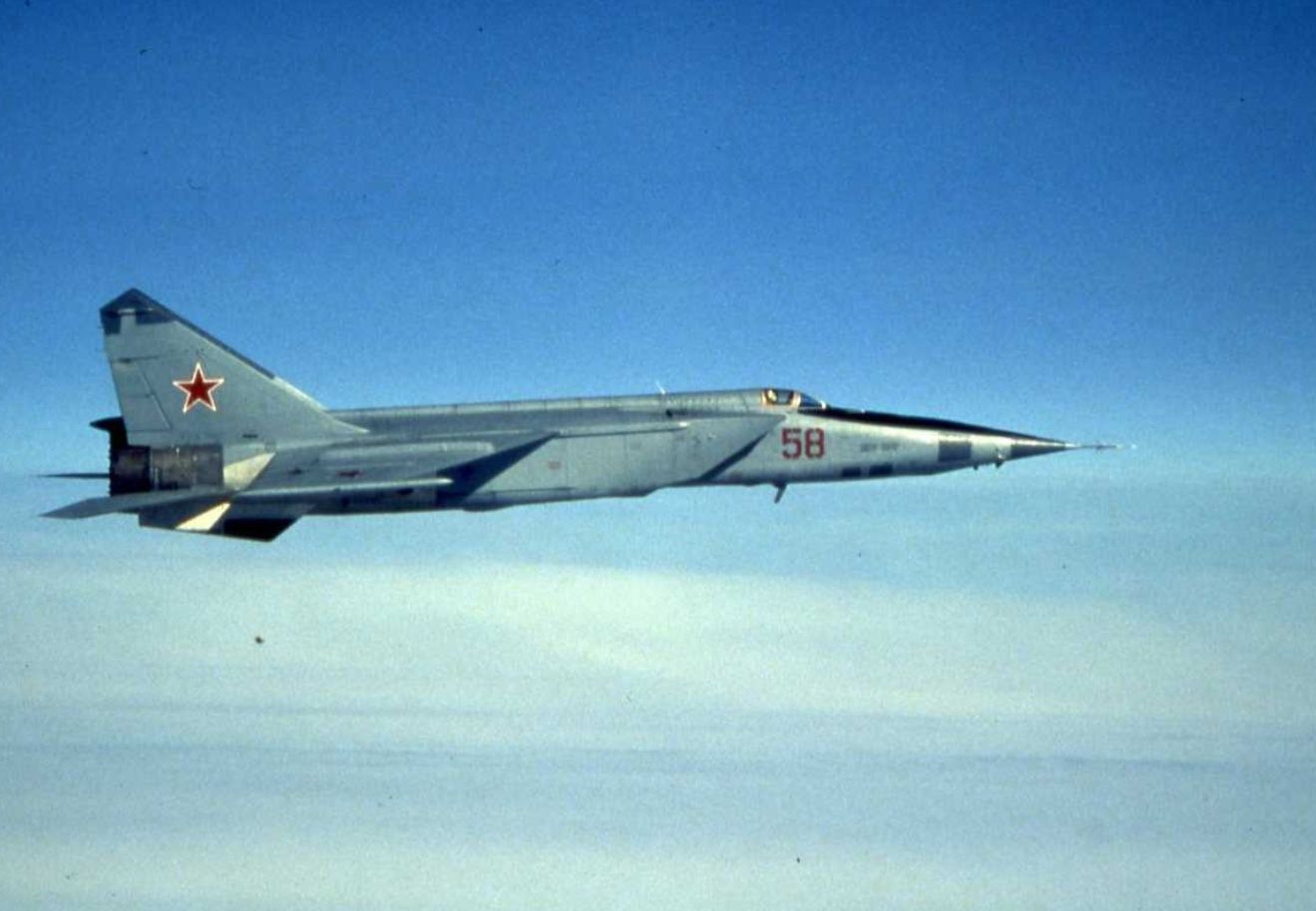Forums
- Forums
- Axis And Allies Forum
- General Discussion
- Photo of the week
Photo of the week
Post a reply
- Go to Previous topic
- Go to Next topic
- Go to Welcome
- Go to Introduce Yourself
- Go to General Discussion
- Go to Screenshots, Images and Videos
- Go to Off topic
- Go to Works in Progress
- Go to Skinning Tips / Tutorials
- Go to Skin Requests
- Go to IJAAF Library
- Go to Luftwaffe Library
- Go to RAF Library
- Go to USAAF / USN Library
- Go to Misc Library
- Go to The Ops Room
- Go to Made in Germany
- Go to Campaigns and Missions
- Go to Works in Progress
- Go to Juri's Air-Raid Shelter
- Go to Campaigns and Missions
- Go to Works in Progress
- Go to Skinpacks
- Go to External Projects Discussion
- Go to Books & Resources
-
 Main Admin
Main Admin -
 Main AdminThis weekends photo.
Main AdminThis weekends photo.
The Flitfire is a special edition of the Piper J-3 Cub that was used to raise funds to support the British war effort in World War II.
In April 1941, prior to the United States' entry into World War II, Piper Aircraft and its distributors donated special edition Piper J-3 Cubs as a publicity event and a fundraiser for the Royal Air Force Benevolent Fund (RAFBF). These donated Cubs - painted with Royal Air Force insignia - were known as Flitfires.
This fund raising program consisted of 49 Flitfire aircraft, one paid for by Piper Aircraft and 48 by Piper distributors. All were built by Piper. There was a Flitfire named for each of the 48 states in the union at that time. These airplanes were colloquially known as "The Flitfire brigade".
Flitfire conception
During the Battle of Britain (10 July - 31 October 1940) the Royal Air Force (RAF) suffered heavy casualties, losing 1,420 members: 520 in Fighter Command, 700 in Bomber Command and 200 in Coastal Command. The Royal Air Force Benevolent Fund, an independent charity established after World War I to support those and their families affected by the war, worked to provide welfare for RAF casualties and their families arising from the new conflict.
Their efforts were supported by a light aircraft manufacturer in the United States, Piper Aircraft Corporation of Lock Haven, Pennsylvania. As an expression of encouragement to the RAF, Piper's President William T. Piper decided to donate a single Piper J-3 Cub as a grand national prize, with all proceeds going to the RAFBF. At the start of April 1941, Bill Strohmeier, Piper?s Sales and Promotion Manager, then encouraged Piper dealers across the country to order further ones for their own use. The special silver finish with RAF-style insignia was included at no additional cost to the dealers. Strohmeier requested the 48 U.S. Piper dealers donate one Cub, which would represent the state of their choice. For every donation, Piper set aside 20 minutes of manufacturing time, which was sufficient to build one aircraft. A total of 49 Cubs were donated to support the fund raiser, one named for each of the 48 then states, plus William Piper's initial donation, registered as NC1776. All funds collected went to the RAFBF and none went toward expenses.
Silver Cub with RAF insignia
The first Flitfire, NC1776, a J-3F-65, serial number 6600, was powered by a Franklin 65 hp (48 kW) engine that was donated by the manufacturer Air Cooled Motors Corporation. The Civil Aeronautics Administration assigned registration number NC1776 to this aircraft, symbolizing the Benevolent Fund's aid to Britain in the same manner as the Lend Lease Act, which had Congressional number HR1776. The March 1941 Lend Lease Act was the principal vehicle for the U.S. to provide military aid to foreign nations before its entry in World War II.
The other forty-eight Cubs had one of three engines: Continental, Lycoming or Franklin. To honor the RAF, instead of the signature yellow Cub color, the Flitfire airplanes were painted silver with RAF insignia.Royal Air Force roundels were painted on the wings and fuselage; a red, white and blue fin flash was painted on the vertical stabilizer. NC1776 was distinguished from the other 48 Flitfires by the full words "Royal Air Force Benevolent Fund" painted on its fuselage to the rear of the RAF roundel; the other Flitfires had the abbreviated "R.A.F. Benevolent Fund". The name of the state of each aircraft was painted on its nose cowl. All Flitfires were manufactured at the Lock Haven plant in twelve days between 10 ? 22 April 1941. The 49 Cubs were nicknamed "Flitfires" by Piper factory workers because of their markings, which were similar to the famed Supermarine Spitfire aircraft used during the Battle of Britain.
From Lock Haven to New York
The silver Cubs that made up the "Flitfire Brigade" left Lock Haven on Sunday, 27 April 1941. T.H. Miller of the Lehigh Aircraft Co. was flight commander. Considerable preparations were made to organize the flight into military formation. The Flitfires were flown in precise formation by Piper employee-pilots, known as Cub Fliers. William Piper flew in the Brigade as a line pilot. Seven squadrons of seven airplanes took off, one after another, under direction of squadron leaders that included William Piper's brother, Tony Piper. The Cubs landed at Allentown-Bethlehem Airport (now Lehigh Valley International Airport) for refueling. Despite 25 mph (40 km/h) winds, gusting to 35 mph (56 km/h), all Cubs landed in Allentown in 12 minutes. Five thousand people turned out to witness the quick refueling and departure.
After a mass take off from Allentown, the airplanes flew in formation over the New York metropolitan area. The formation flight was first seen over Staten Island at which point they dipped in salute to the Statue of Liberty; then proceeded over to Manhattan and Central Park and on to the George Washington Bridge. A wide swing to the left 180 degrees brought the brigade down the river to the Empire State Building, then east to a point south of the World's Fair grounds to Flushing Airport where they were parked before going on to LaGuardia Field.
On Tuesday, 29 April 1941, the Flitfires left Flushing Airport and were ferried to LaGuardia Field in groups of six (plus squadron leader) flying in close formation. The normal $2.50 landing fee was waived by Mayor LaGuardia. Traffic was handled by airport cars using two way radios. Each aircraft was equipped with a portable radio loaned by Lear Avia Inc. Control of the flights was possible through these radio sets, despite the fact the Flitfires were not equipped with external antennas or shielded ignitions. The Flitfire Brigade's New York landing was the largest mass landing ever attempted up to that time.
Gala at New York
More than 1,000 social and business leaders, stage and screen stars, and aviation enthusiasts attended a black tie event to celebrate the arrival of the Flitfire Cubs in New York City. Also in attendance were the guests of honor, several Royal Navy officers whose ship, the battleship HMS Malaya, was in New York for repair and refit. New York City Mayor Fiorello LaGuardia appointed Thomas Beck, President of the RAFBF, as the "Special and Extraordinary Mayor of the City of New York" from 9:00 p.m. until the close of the festivities. The airplanes were christened simultaneously by 48 fashion models who popped red, white and blue toy air balloons that were fastened to the propeller of each aircraft. With Mayor LaGuardia looking on, William Piper turned over the airplanes to Thomas Beck.
The festivities were held in the Kitty Hawk Room at the airport's administration building. There was a dinner and a show followed by cocktails. Next was the raffle drawing for NC1776, which was won by Jack Krindler from New York City. This was followed by games which included a garter toss and a state-of-the-art machine where guests could ?Bomb Berlin for a Buck!? along with other entertainment. These activities raised more funds for the RAF. That night the 1,000 gala attendees raised an additional $12,000.00 for the RAFBF.
Fund raising tours
The day after the ceremonies, the 48 Flitfires left LaGuardia for fund-raising tours, each heading to the state for which it was named. Subsequently, little is known about each Flitfire. Many distributors used joy rides and other gimmicks to raise money for families of RAF pilots who had been lost in combat. Some of the Flitfires were raffled off. Some Flitfires were sold to flight schools and continued to support the war by training pilots in the Civilian Pilot Training Program and the War Training Service (WTS).
The original Flitfire, NC1776, was flown all over the United States on a War Bond Tour by several pilots, including J. Raymond Worth, Leo Arany and Orville Wright.After touring the U.S., NC1776 was sold to Safair, a fixed-base operator (FBO) located in Sunbury, Pennsylvania, where it served as a training plane for the Department of Defense. On 9 August 1941, a 17-year-old high school senior, Kenneth A Turner, won "Flitfire New Jersey" at the Basking Ridge Fire Company's 32nd annual carnival. Turner immediately sold it for $1,200.00 to the Army Air Corps flight training facility at Somerset Hills Airport. In September 1941, Ivan Stone of West Virginia flew his Flitfire to the now abandoned Princeton Airport in West Virginia. Also in 1941, Leo Arany flew a Flitfire to Clatsop Airport in Astoria, Oregon. In June 1941 Lon Cooper, a Civilian U.S. Army Air Corps Primary Flight Instructor, reported training in a silver Flitfire at Johnston Flying Service at Albert Whitted Airport in St. Petersburg, Florida. "Flitfire Wisconsin" was purchased 24 April 1941 by Stainislaw Aircraft Inc., a Piper dealer in West Bend, Wisconsin. It was sold to Racine Flying Service, Inc. in July 1941, who operated it in Wisconsin until 1951.
Current Flitfires
After the war, all the Flitfires vanished into private hands and into obscurity. Over the next 70 years many became non-airworthy. The few still flying were repainted the traditional yellow Cub color, concealing the Flitfire's history. As more was learned about their unique story, several were restored back to their original paint scheme. In 1991 "Flitfire Wisconsin", the 22nd Cub to come off Piper's Flitfire line on 16 April 1941, was restored at Rickenbacker International Airport in Columbus, Ohio. It was the first Flitfire aircraft in the United States to be restored to the original 1941 colors.
Since then at least three other Flitfires are known to have been restored to their original silver-doped finish: "Flitfire NC1776", "Flitfire New Jersey" and "Flitfire Indiana". After a meticulous restoration, "Flitfire NC1776" is on display at the North Carolina Aviation Museum in Asheboro, North Carolina.In 2015 "Flitfire New Jersey" won the Sentimental Journey Award for Best J-3 Cub. Also as of 2015, twelve Flitfires are airworthy and registered with the FAA. In 1963 a Flitfire was exported to Canada and in 1971 another was exported to Germany. In 1992 the Flitfire in Germany was reported to still be flying.
Below taken at Allentown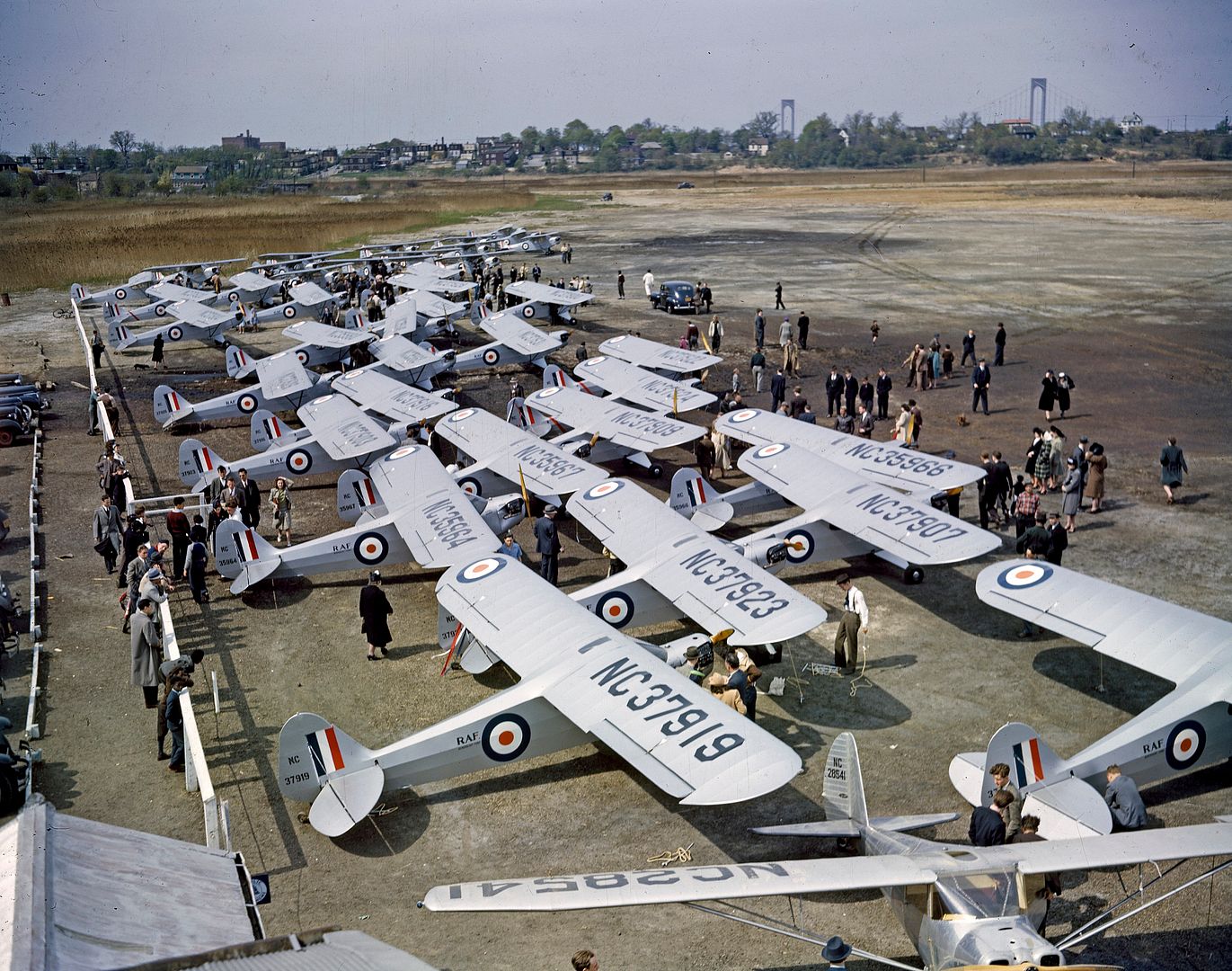
-
 Main AdminWeekend extra.
Main AdminWeekend extra.
The Swiss ?Fliegertruppe? used the D.VII from 1920 to 1938. Altogether there have been 27 in service, which were numbered ?608?, ?609? and ?616? to ?639?.
The first two were bought in 1920 from a private source. In 1922, ten were bought from the IAACC, which were overhauled by the Eidg. Konstruktions-Werkst?tte. One of these, the ?615? was equipped with a 300 hp Hispano-Suiza HS-42 8FB engine, but in 1932 it was replaced by a Mercedes D.III. In 1925, Alfred Comte bought six D.VII from the IAACC. He overhauled them, and sold them to the ?Fliegertruppe?. In 1928, the ?Fliegertruppe? was able to buy ten new Mercedes D.III engines. From these engines, eight were used to equip new D.VII?s, which were build by Alfred Comte. They were put into service in 1929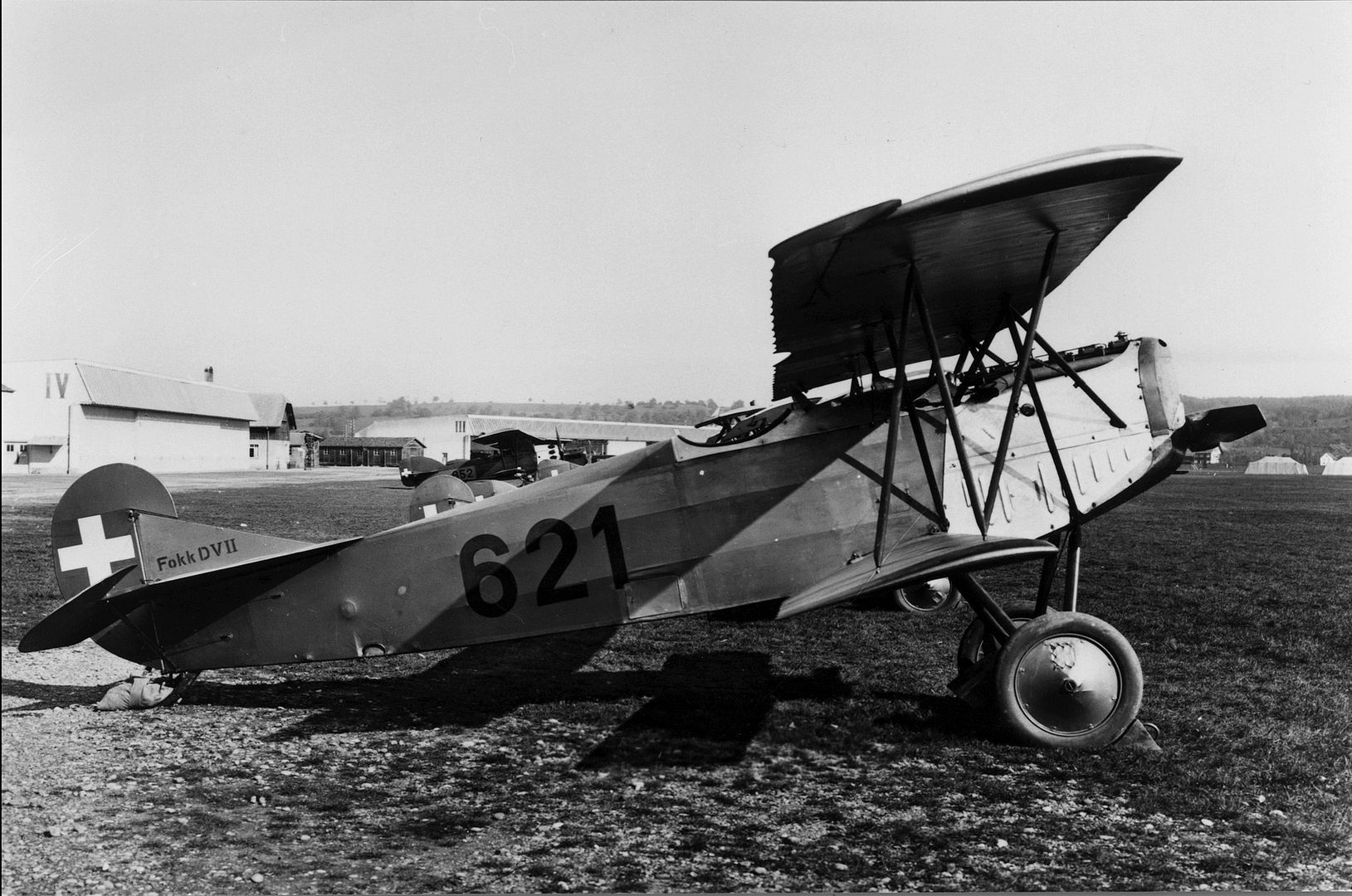


-
 Main Admin
Main Admin -
 Main Admin
Main Admin -
 Main Admin
Main Admin -
 Main AdminEdward Cragg, Jr. was born on September 8, 1919 in Mount Vernon, New York. He grew up in the Greenwich area of Connecticut where he graduated from Greenwich High School in 1936. In 1937, he enrolled in New York University to obtain a Bachelors Degree in Accounting, but dropped out to enlist in the fall of 1940.
Main AdminEdward Cragg, Jr. was born on September 8, 1919 in Mount Vernon, New York. He grew up in the Greenwich area of Connecticut where he graduated from Greenwich High School in 1936. In 1937, he enrolled in New York University to obtain a Bachelors Degree in Accounting, but dropped out to enlist in the fall of 1940.
He was accepted into the Aviation Cadet program on November 25, 1940, and graduated July 11, 1941. He was awarded his pilots wings and commissioned as a 2nd Lieutenant in the USAAC.
His first assignment was to the 28th Pursuit Squadron of the 37th Pursuit Group located in Panama. Here, he served as the Engineering Officer as well as pilot. In July, 1942 he was transferred to the 80th Fighter Squadron of the 8th Fighter Group in the Southwest Pacific area. The unit at the time was based at Kila Airdrome near Port Moresby, New Guinea. In early 1942, the squadron made the switch from the P-39 to the P-38.
In April 1943, Cragg became Commanding Officer of the 80th Fighter Squadron whom he nicknamed "The Headhunters," after New Guinea tribesmen who hated the Japanese and assisted downed Allied fliers. He flew combat missions as an assigned pilot, escorting bombers and also on fighter sweeps. During the period May to December 1943, he achieved 15 aerial victories, including one on his last mission.
On the morning of December 26, 1943, Cragg and others left North Borio Airfield with 12 P-38 fighters to escort bombers. Japanese fighters intercepted the flight, and a dogfight ensued. Cragg shot down one Japanese plane, and disappeared into the clouds while fighting another. His plane emerged from the clouds, spinning and on fire. It dropped down, crashed, and exploded near Borgen Bay. Ground troops reported seeing a parachute about 4 miles from the crash scene, but no remains were ever found.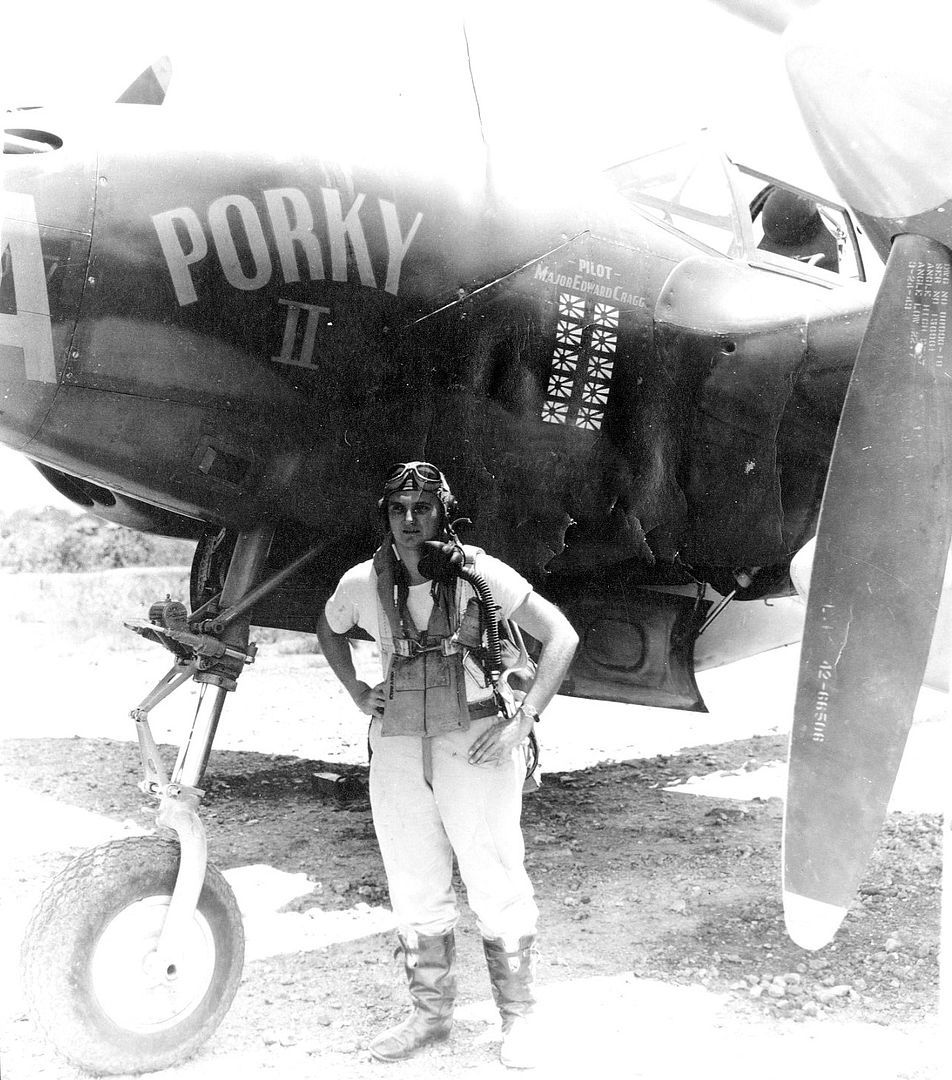
Major Edward Cragg, Jr. is listed on the Tablets of the Missing in Manila American Cemetery in the Philippines.
Major Edward Cragg's first assigned combat aircraft was a P-39 fighter (# unknown) which he nicknamed "Porky I." When the 80th Fighter Squadron re-equipped with P-38 aircraft, he was assigned P-38H #42-66506, nicknamed "Porky II." He made his last 9 kills in this aircraft.
-
 Main Admin
Main Admin -
7 years agoFri Jan 05 2018, 10:52pm
 Main AdminFridays photo's.
Main AdminFridays photo's.
Three this week of the prototype DH 89 "Rapide".
Which flew for the first time on the 17th of April 1934, the 9 seat aircraft was powered by two de Havilland Gipsy "Six" engines of 200 hp, giving a maximum speed of approximately 160 mph, a cruising speed of about 130 mph and a range of nearly 600 miles.
She was delivered to Aero St. Gallen (Ostschweizerische Aero-Gesellschaft) as HB-ARA in 1937, and later taken over by Swissair and re-registered HB-APA.
Below at Dubendorf in 1938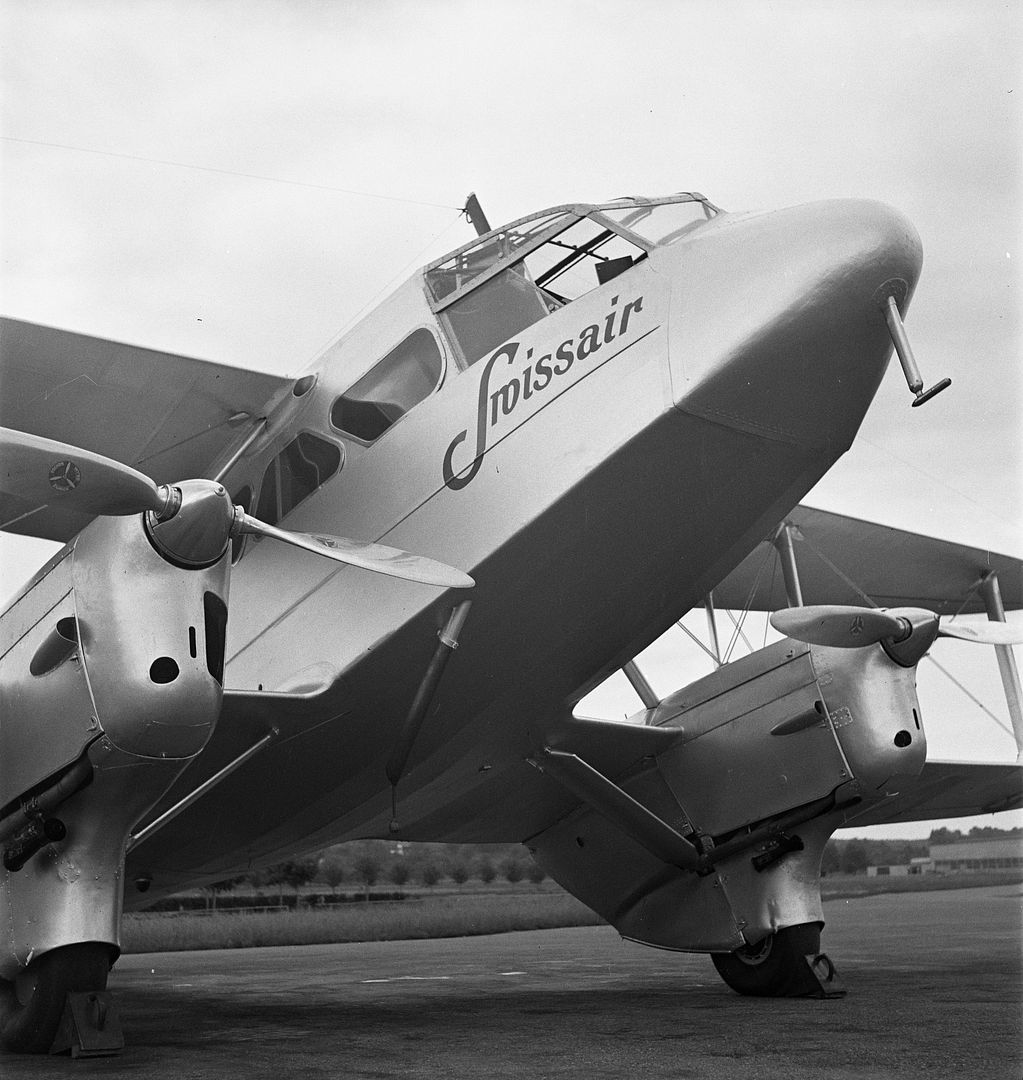
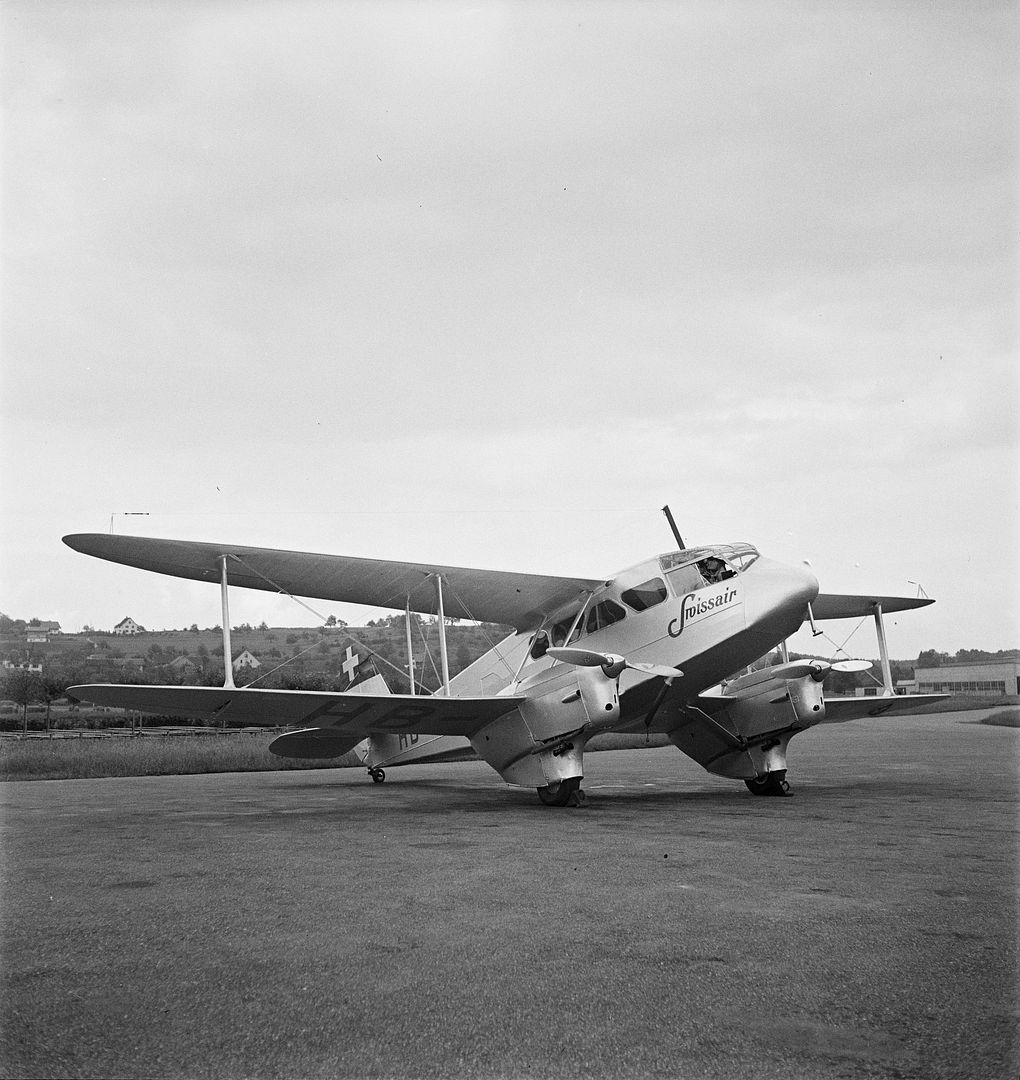
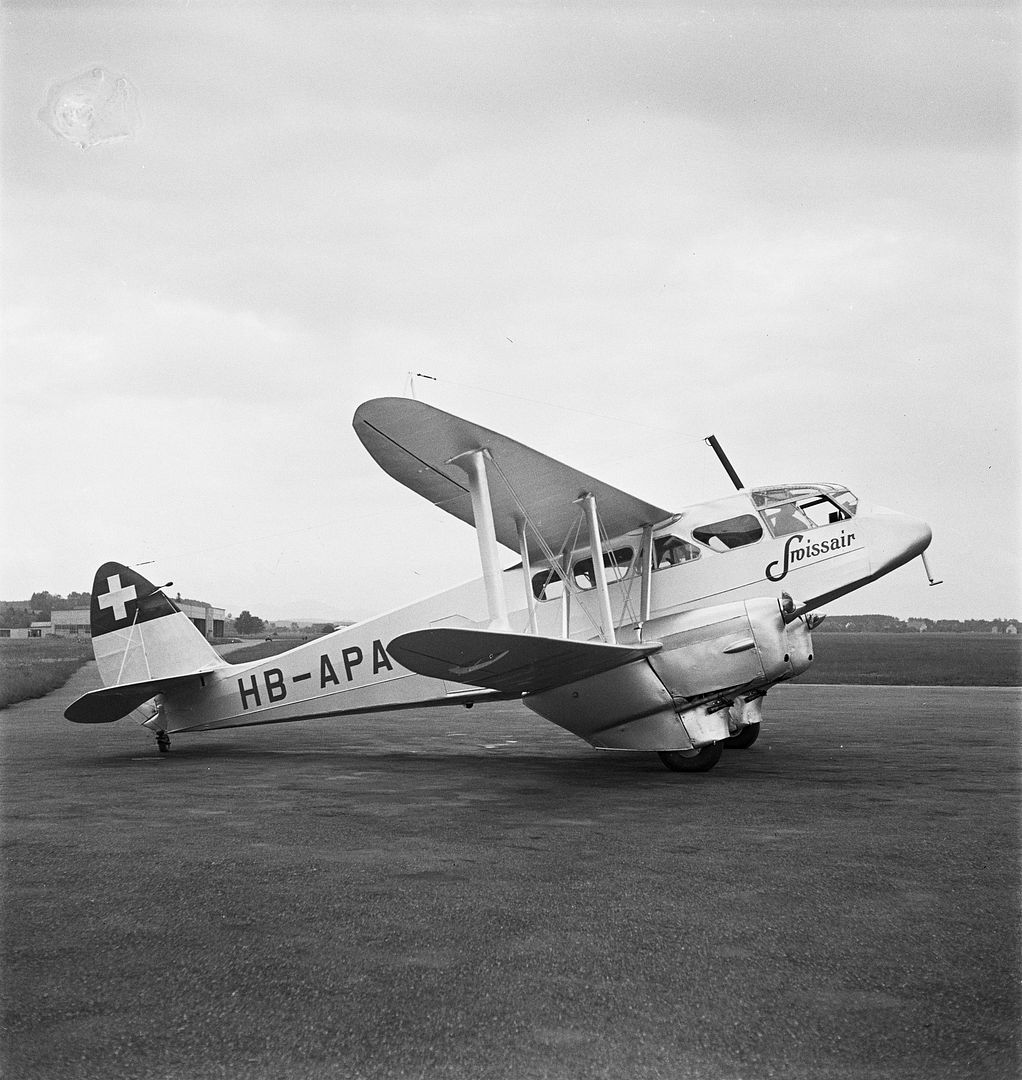
She last flew in 1960 and was sadly burnt in 1965. -
7 years agoSat Jan 06 2018, 09:15pm
 Main Admin
Main Admin
Post a reply
- Go to Previous topic
- Go to Next topic
- Go to Welcome
- Go to Introduce Yourself
- Go to General Discussion
- Go to Screenshots, Images and Videos
- Go to Off topic
- Go to Works in Progress
- Go to Skinning Tips / Tutorials
- Go to Skin Requests
- Go to IJAAF Library
- Go to Luftwaffe Library
- Go to RAF Library
- Go to USAAF / USN Library
- Go to Misc Library
- Go to The Ops Room
- Go to Made in Germany
- Go to Campaigns and Missions
- Go to Works in Progress
- Go to Juri's Air-Raid Shelter
- Go to Campaigns and Missions
- Go to Works in Progress
- Go to Skinpacks
- Go to External Projects Discussion
- Go to Books & Resources
